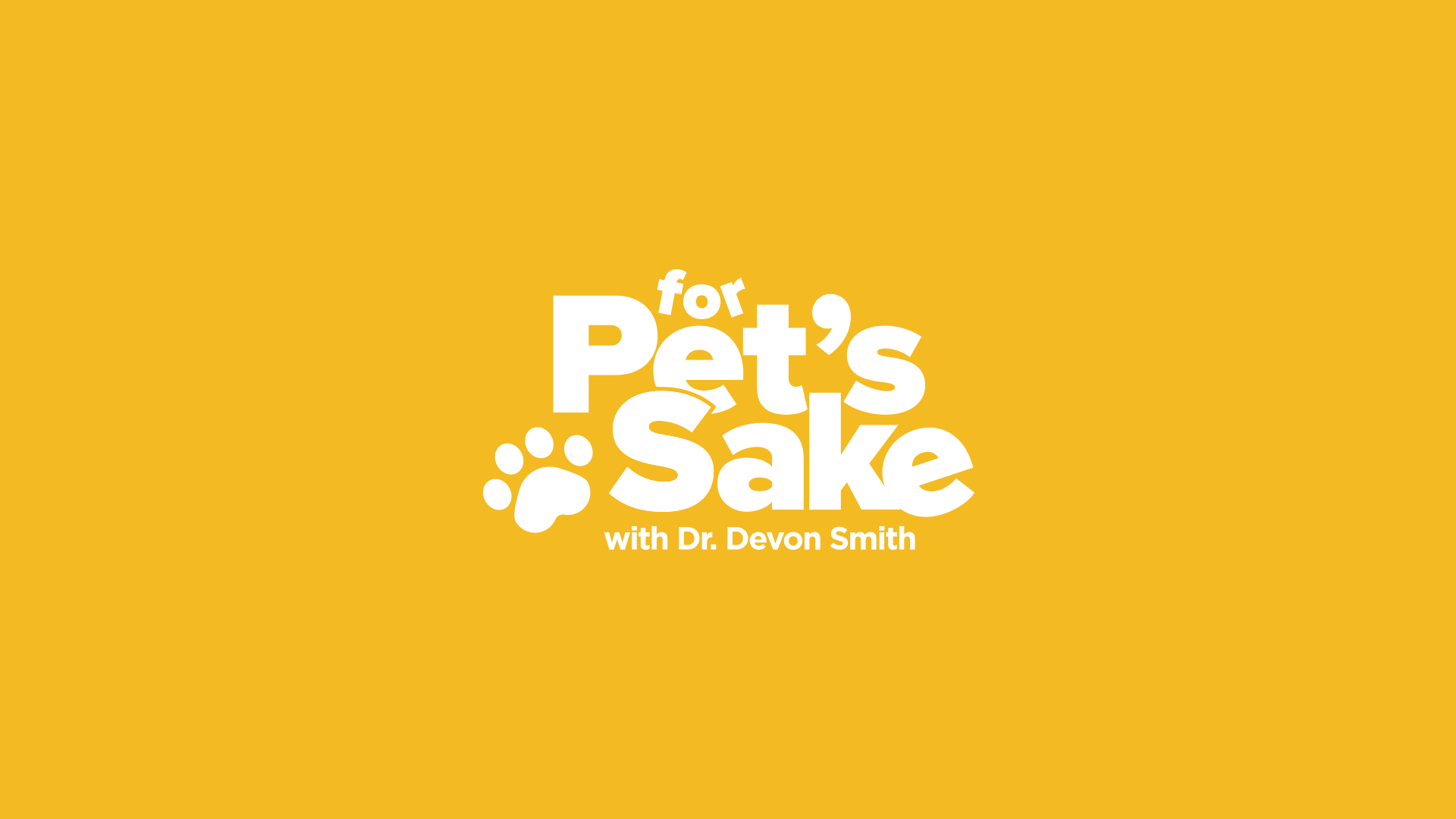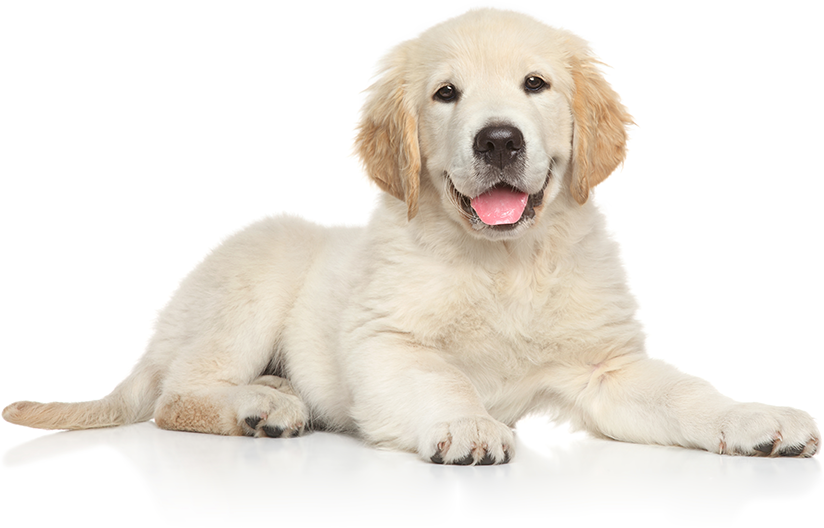
Feb 01, 2020 | By, For Pet's Sake
5 ways you can improve your pet’s dental hygiene
A kiss from your pet is one of the most adorable rewards you can receive as a pet owner. It’s not the most sanitary though, despite the common saying that dogs’ mouths are cleaner than people’s mouths. That means your pet needs proper dental hygiene just as much as you do.
In honor of Pet Dental Health Month, here are some strategies for keeping your pet’s mouth clean and fresh throughout their life.
1. Brush their teeth regularly
This doesn’t need to be the daily regimen you follow, but it’s recommended that you brush your pet’s teeth about two or three times per week. It might seem tedious because it’s sometimes difficult to teach your pet to tolerate a toothbrush, but long term it will benefit their health. Many pets develop dental disease by the time they’re only three years old.
2. Professional cleanings
In addition to regular teeth brushing, you should schedule one professional cleaning per year. Gum disease is five times more prevalent in dogs than it is in humans, and the environment in a dog’s mouth is more susceptible to plaque formation. Gum disease is also common in cats, and studies show at least half of cats that are more than four years old suffer from some type of dental disease.
3. Give them dental treats
Some treats and food on the market are made specifically to improve your pet’s breath and remove plaque. Incorporating these items into your pet’s diet is an easier alternative than scrubbing their teeth manually. Be aware that extra treats without proper exercise can pack on the pounds, especially if you plan on giving your pet any Valentine’s Day goodies this year. Also, edible treats won’t have much of an impact if they’re consumed too quickly.
There are some red flags in the dental treat aisle, too. Rawhide chews can be hazardous because some dogs will consume the chunks in one bite, and that can lead to choking or blockages in their digestive system. Hard toys are bad for animals who have diseased or weakened teeth because the texture can actually break the teeth.
4. Give them dental cleaning toys
Rubbery and bendable chew toys can significantly impact your dog’s dental health. Studies have shown the chewing action itself can help reduce bacteria in dog’s mouths. Bones and bully sticks are a good option to give your pet, both for keeping them busy and for cleaning their teeth.
5. Dental wipes
You can use these as a convenient alternative to brushing your pet’s teeth. They aren’t as effective at cleaning small pockets and edges, but they’re quick and easy compared to scrubbing each tooth with a brush or a rubber finger cover.
These hygienic practices will hopefully prevent some of the bad breath and health complications that can affect your pet. And while you’ll be happy with the smell and look of your pet’s teeth, they’ll be happy with how their mouth feels when they eat and chew on their toys.
Have a question about pet health? Want to become the best possible pet parent? Find helpful tips, reminders, and insight to giving your furry friend the best possible care with For Pet’s Sake! Learn more at drdevonsmith.com.

